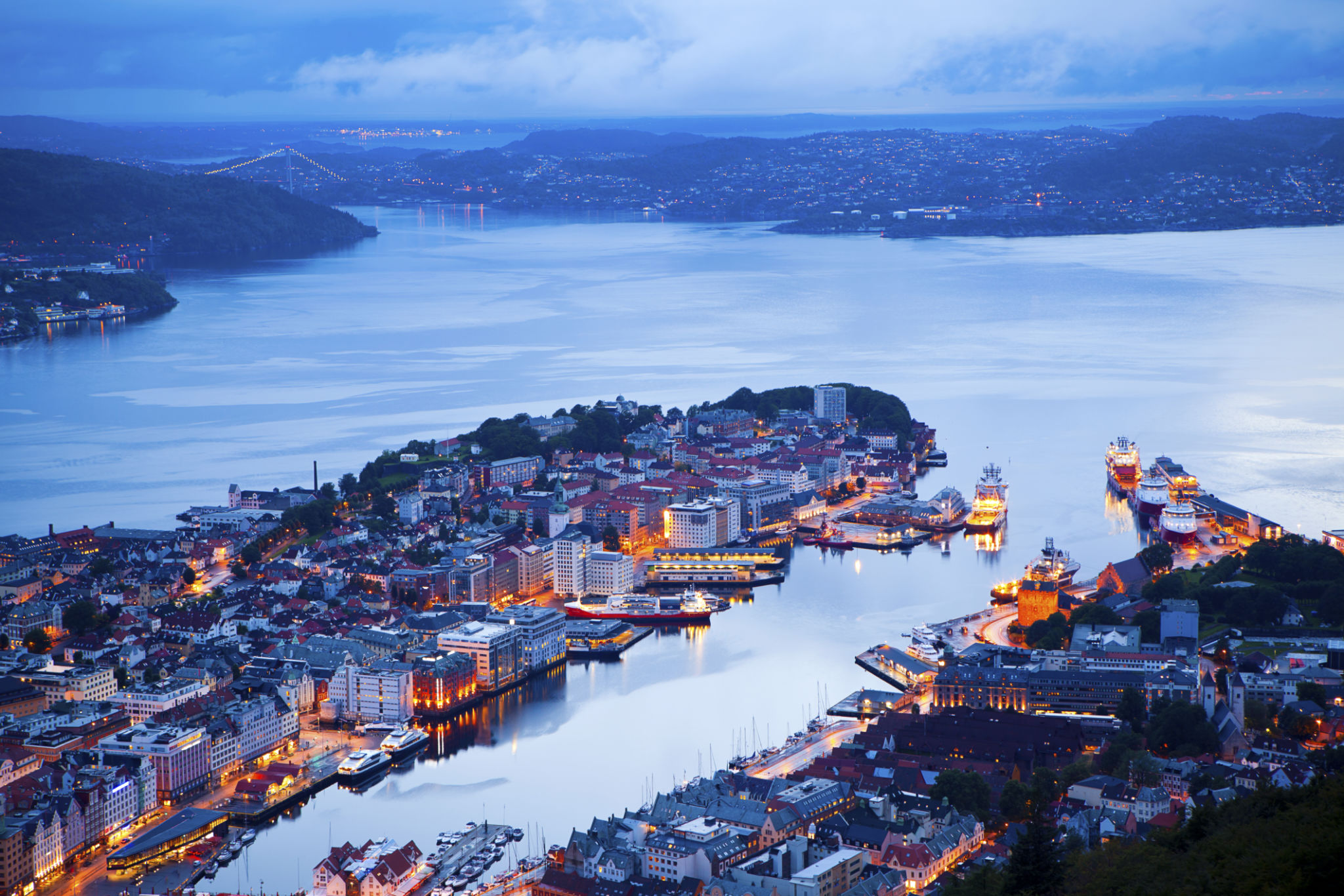Understanding the Basics of Transport and Logistics in Norway
The Importance of Transport and Logistics in Norway
Transport and logistics play a crucial role in Norway's economy, given its vast geography and dispersed population. The efficient movement of goods and people is essential for ensuring economic growth and connecting remote communities. In this blog post, we will explore the key aspects of transport and logistics in Norway, including its infrastructure, challenges, and future trends.

Norway's Transport Infrastructure
Norway boasts a well-developed transport infrastructure that includes roads, railways, airways, and maritime routes. The road network is extensive, with highways connecting most major cities. The railway system, although limited compared to other European countries, plays a significant role in transporting goods across the country. Norway's numerous fjords and islands necessitate a robust maritime transport system, which facilitates both domestic and international trade.
The air transport sector is also vital, with several airports distributed across the country. This network ensures connectivity between remote areas and major urban centers, supporting both passenger travel and cargo transport. Norway's emphasis on maintaining a comprehensive transport infrastructure reflects its commitment to sustaining economic vitality and accessibility.
Challenges in Norwegian Logistics
Despite its advanced infrastructure, Norway faces several logistical challenges. The country's rugged terrain and harsh weather conditions can hinder transport operations, especially during winter. Snow and ice can disrupt road and rail services, leading to delays that affect supply chains. Additionally, the geographical dispersion of the population increases the complexity of logistics planning.

An additional challenge is the need for sustainable transport solutions. As an environmentally conscious nation, Norway is committed to reducing carbon emissions from its transport sector. This requires investment in green technologies and alternative fuels, which can be costly and require time to implement effectively.
Innovations and Future Trends
Norway is at the forefront of adopting technological innovations to enhance its transport and logistics sectors. The country is investing in electric vehicles (EVs) and charging infrastructure to support eco-friendly transport. Furthermore, advancements in digital technologies such as AI and IoT are being leveraged to optimize logistics operations and improve efficiency.

Looking to the future, Norway aims to further integrate sustainable practices within its transport systems. This includes expanding the use of renewable energy sources for maritime transport and further developing public transport networks to reduce reliance on private vehicles. These efforts are part of Norway's strategy to achieve a carbon-neutral economy by 2050.
The Role of Government and Private Sector
The Norwegian government plays a pivotal role in shaping transport policies and providing funding for infrastructure projects. Through public-private partnerships, the government collaborates with private sector entities to enhance transport networks and address logistical challenges. This cooperative approach ensures that resources are effectively utilized to meet the needs of the nation.
The private sector also contributes significantly by investing in technology and innovation. Logistics companies in Norway are exploring cutting-edge solutions to streamline operations, from automated warehouses to drone deliveries. These advancements not only improve efficiency but also provide competitive advantages in a global market.
Conclusion
Understanding the basics of transport and logistics in Norway reveals the complexities and opportunities within this vital sector. As the country continues to evolve its infrastructure and embrace sustainable practices, it sets an example for other nations striving for economic growth while preserving the environment. By addressing challenges head-on and fostering innovation, Norway is poised to maintain its position as a leader in efficient and sustainable logistics.
